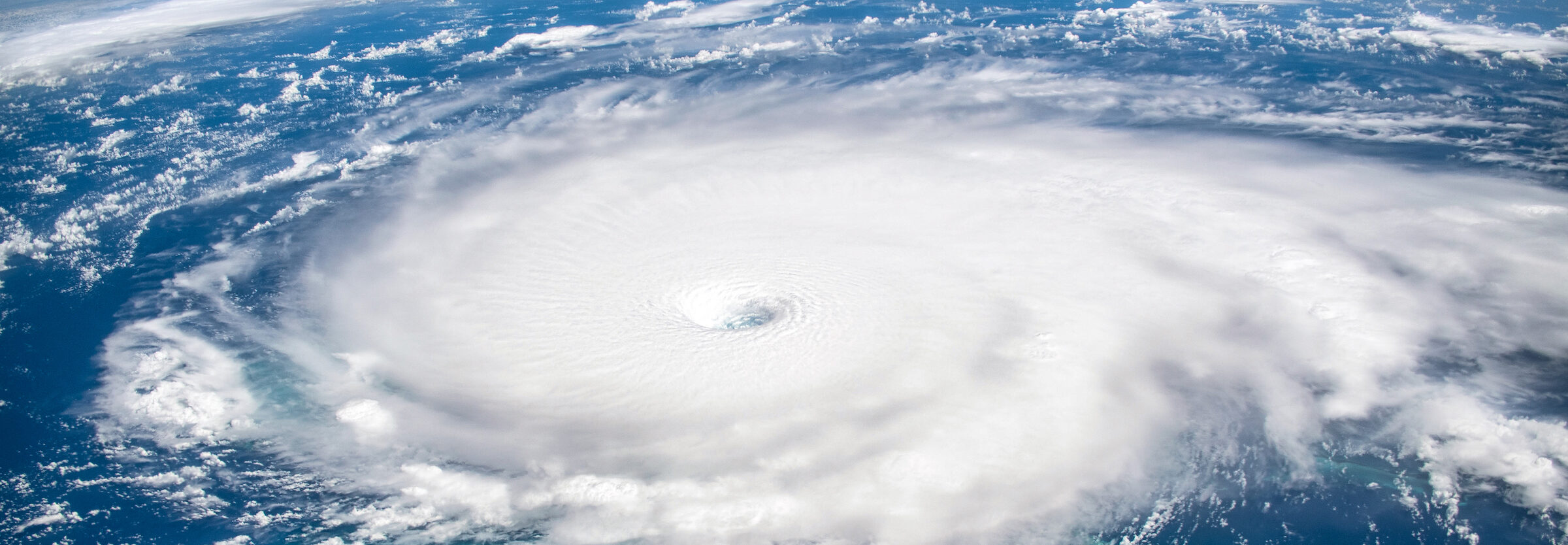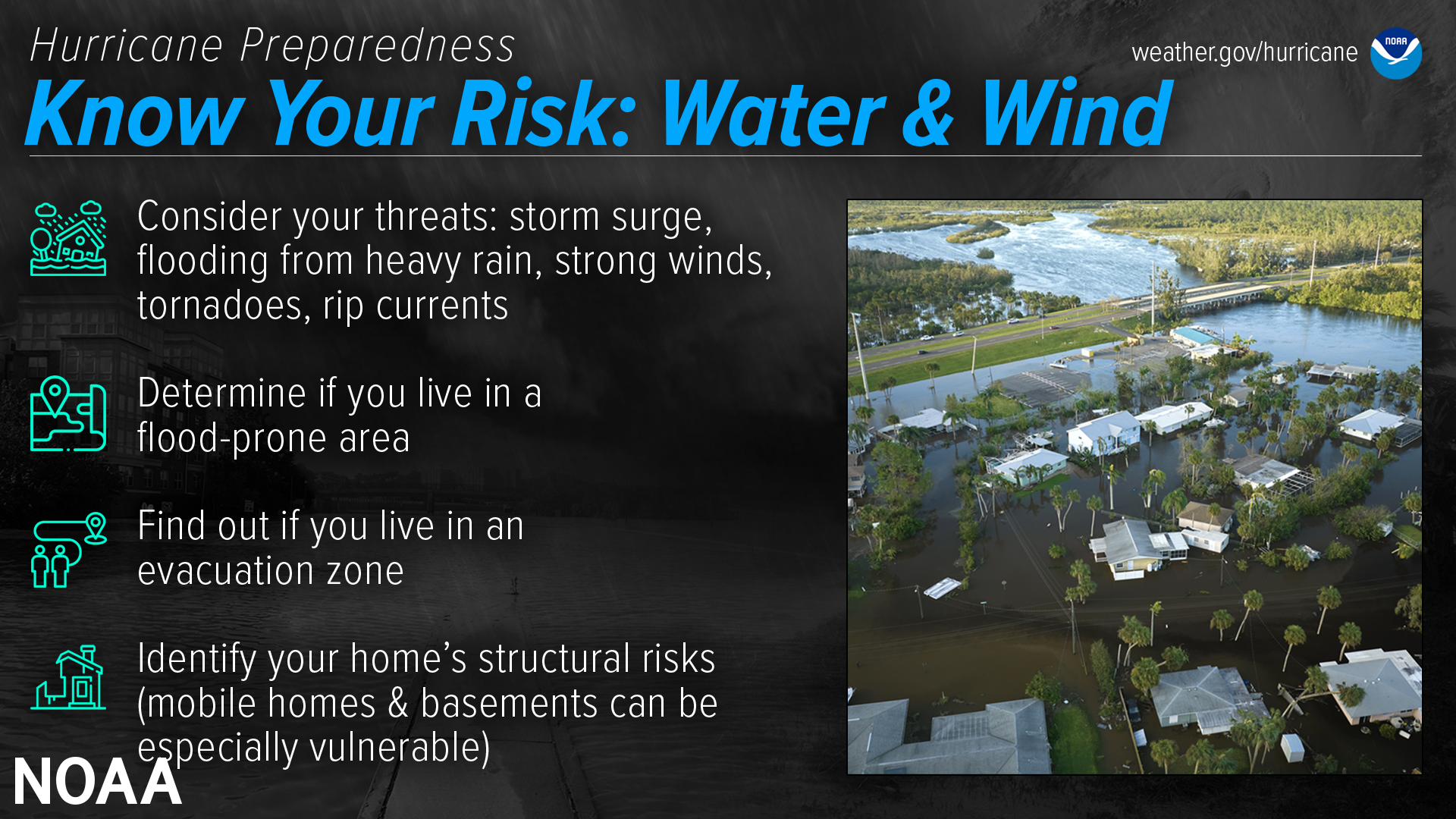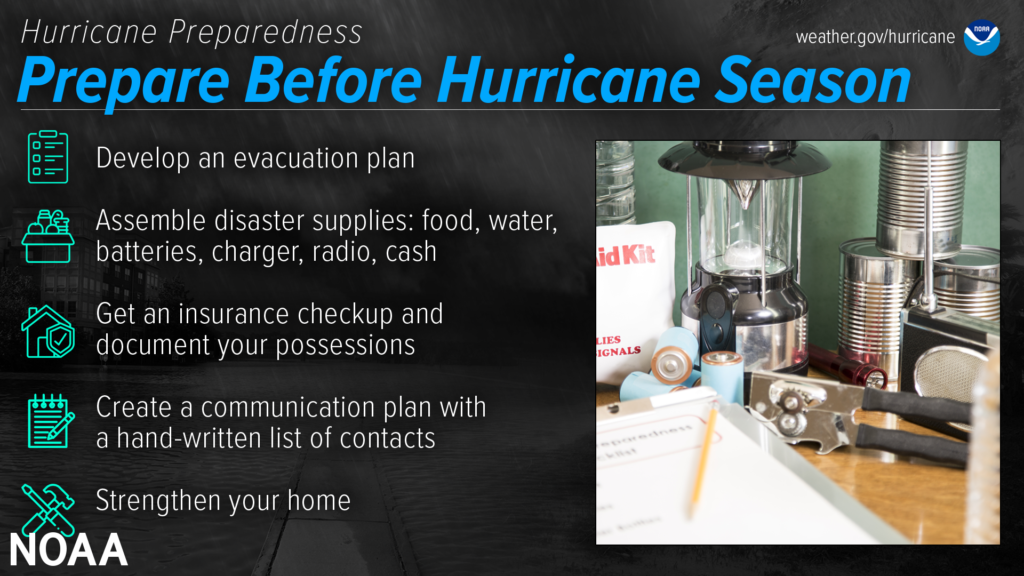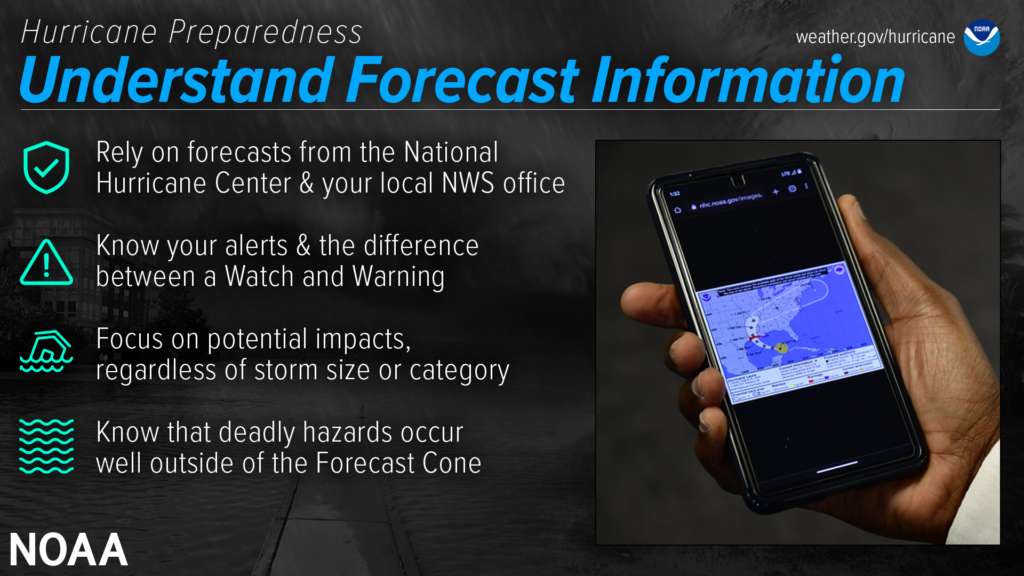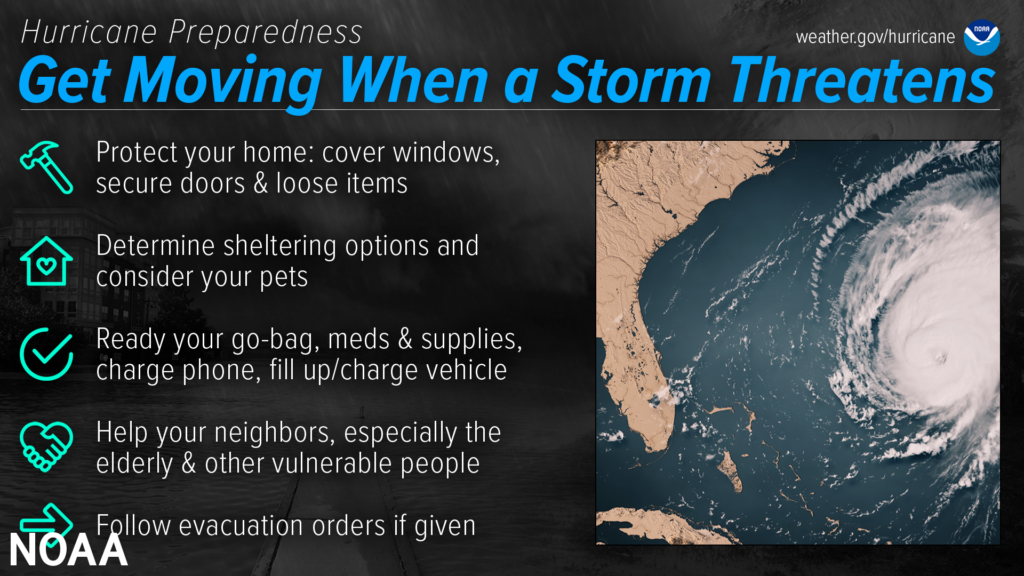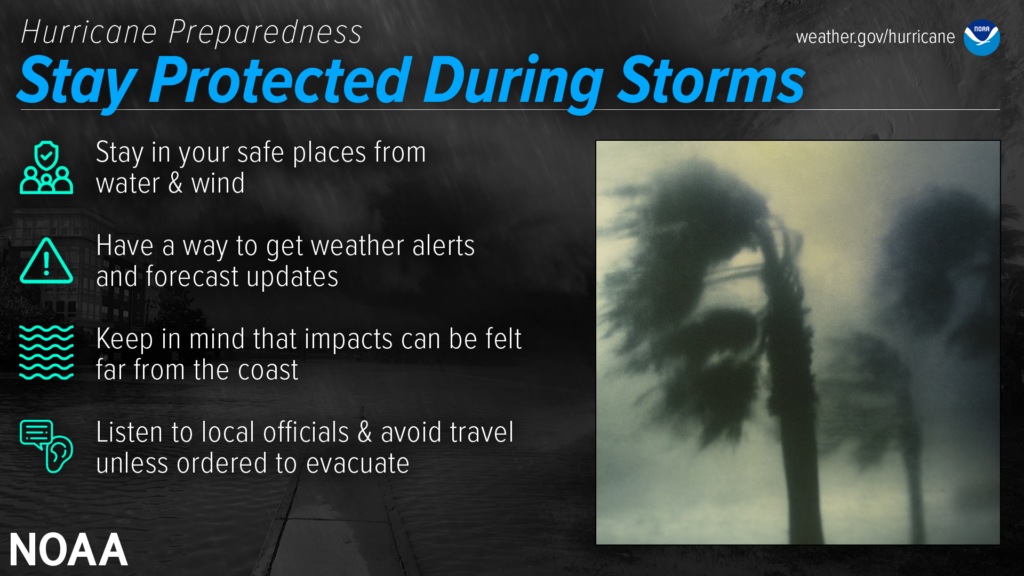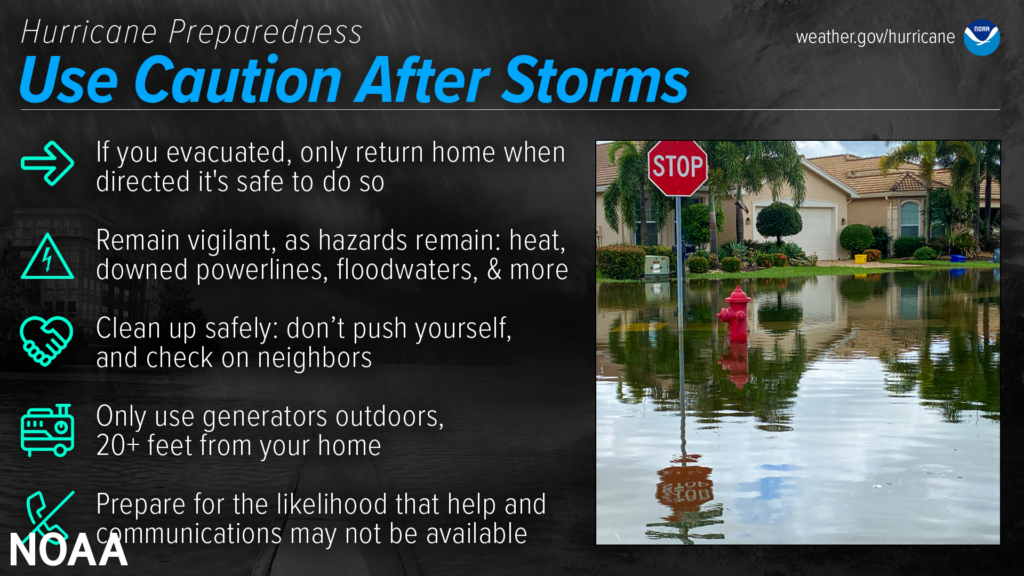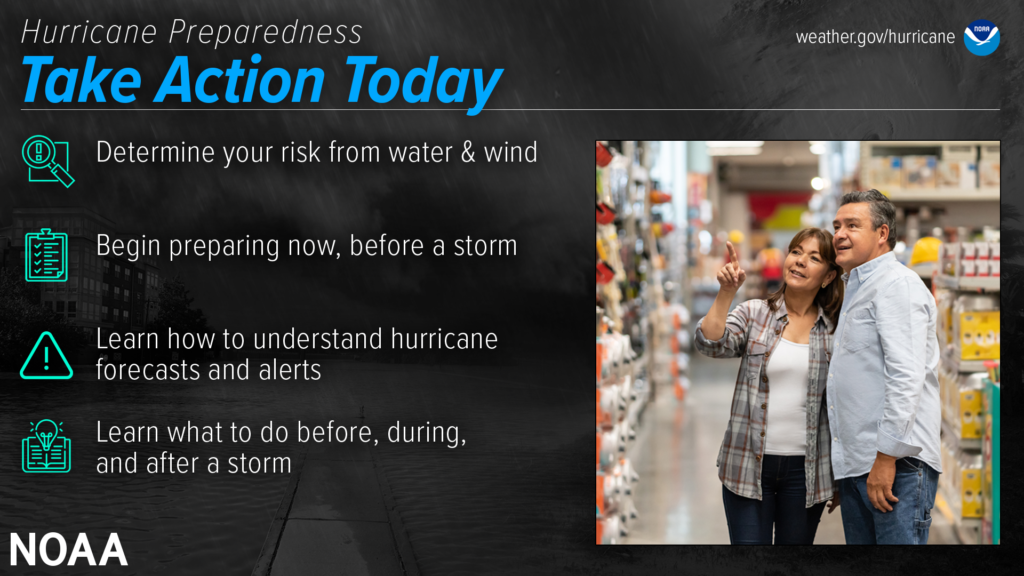Repairs Complete
The SW Austin Water main repair is complete. Austin Water confirmed that customers can resume normal water use now that repairs are complete on the leaking 48-inch water line near the Davis Lane pump station in Southwest Austin. Crews also performed routine procedures to flush and disinfect the repaired lines. During the repair period, Austin Water’s call volume remained near normal with no increased reports of outages in the affected area. Customers experiencing any water service issues for any reason, may call Austin Water’s Customer Service Contact Center at 512-972-1000 and select Option 1 to report the concern.
As always, you can reach us by email at AWWholesale@austintexas.gov or call 512-422-5121 with any questions or concerns.

